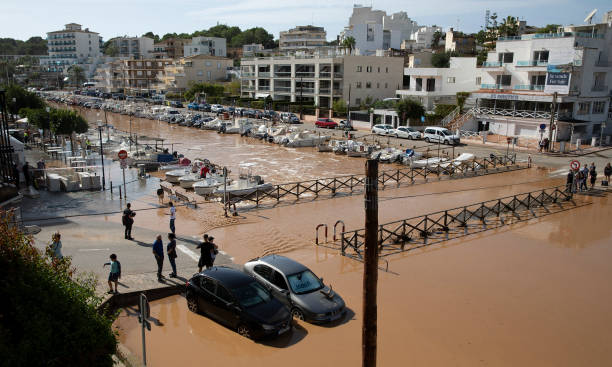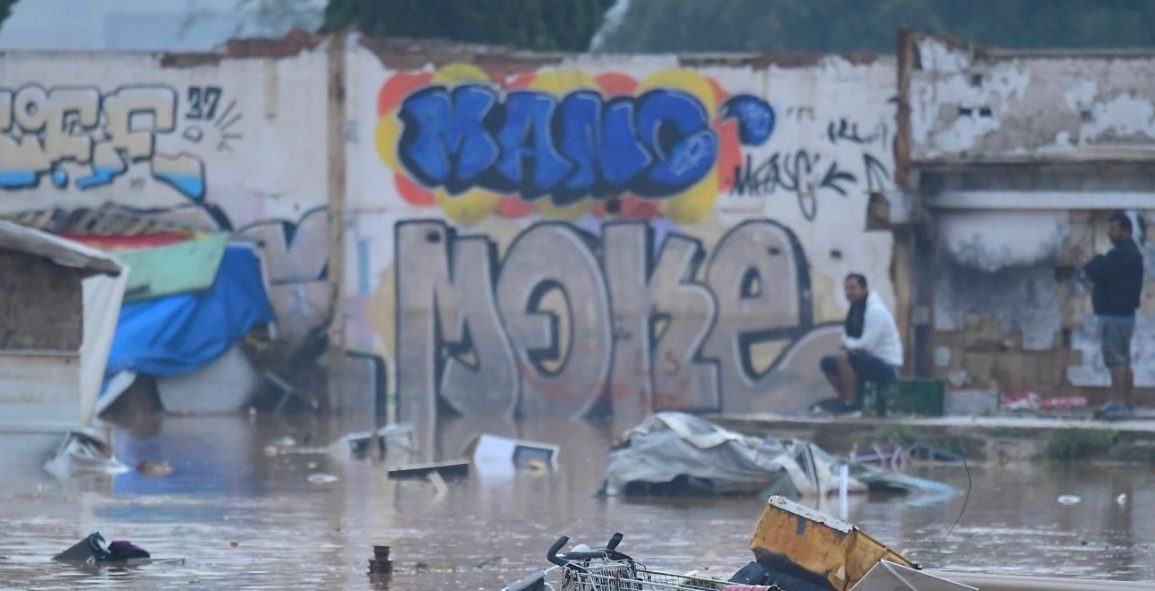In the aftermath of devastating floods in Spain, the country mourns the lives lost while grappling with a harsh reality: extreme weather events are no longer rare.
As torrential rains swept through Valencia, leaving destruction in their wake, the question arose—why were so many lives lost in a flood that had been well forecasted?
Despite warnings, many remained unprepared, highlighting a critical failure in disaster response and climate adaptation.
For years, climate change was viewed as a distant threat, primarily affecting poorer nations.
However, the growing frequency and severity of extreme weather events in wealthier countries, such as Spain, make it clear that climate change is a global issue.
Studies show that fossil fuel emissions are intensifying floods, storms, and heat waves.

In Spain, the climate emergency made the rainfall from recent floods 12% more intense and twice as likely to occur, but preparedness was still lacking.
The disaster highlights a wider issue: forecasting alone isn’t enough.
Effective warning systems, which include clear evacuation instructions, are essential.
In Spain, many were caught off guard as floods rapidly inundated homes, and critical information was only provided after it was too late.
This lack of timely, actionable information mirrors similar tragedies, such as the 2021 floods in Germany, where vital support and guidance were also absent.
As extreme weather events become more common, governments must invest in stronger emergency response systems, not only in providing forecasts but in ensuring communities know how to act.
Spain, like many parts of Europe, faces a dilemma: how to rebuild while making urban spaces more resilient to floods.
Moving forward, it’s crucial to not only strengthen disaster preparedness but also rethink urban planning to protect people from the increasing risks of climate change.

